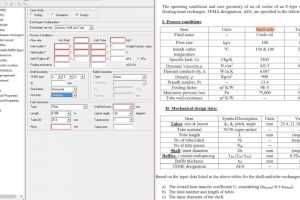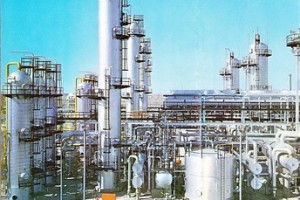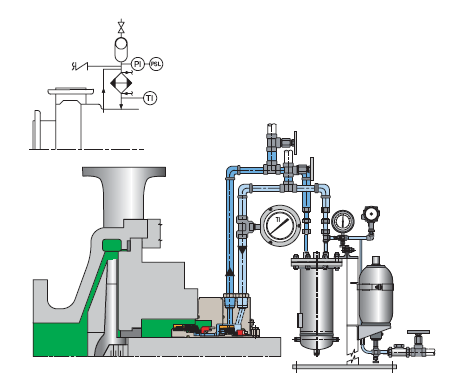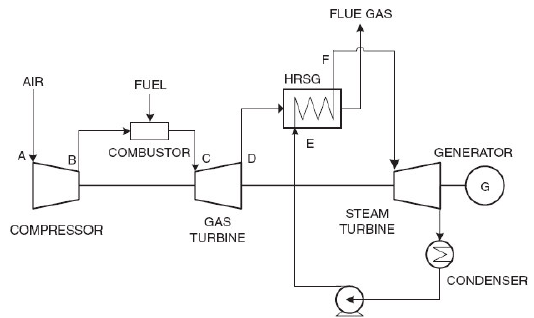Open or Elevated flare systems
This type of gas flare system is most widely used in the petroleum industry and in chemical plants thanks to its capacity to handle higher loads. The elevated refinery flare system consists of flare header collecting the waste gas and entrained condensates from all over the plant. Condensates are removed using a ‘Condensate Knock Out Drum (KOD)’. The gases to be burned are then sent to a vertical flare stack the height of which can range from 32 to 320 feet. Backflow of gases from stack to the Knock Out Drum is usually prevented by having a water seal at the gas inlet to the flare stack. Proper elevation of the flare tip can ensure adequate and safe dispersion of toxic or smelly gases resulting from combustion. The gases are finally burned in the elevated flare tip located at the top of the gas flare stack. Commonly the flame is open at the top of the gas flare stack and hence the name. Due to the open flame, this type of flare system can be a source of noise pollution. Also the radiation from open flame renders some area around the stack unsuitable for installation of any equipment.
Enclosed or Ground flare systems
In typical ground flare systems the combustion of waste gases takes place close to ground level, hence the name. Commonly this type of flame close to the ground has to be enclosed in a refractory lined enclosure to contain the radiation and gases originating from the flame. The burners can have varying types and structures. Thanks to the enclosure around the flame, ground flare has lower or no problems related to noise pollution and heat radiation. But because the flame is close the ground, gases are also released quite close to the ground and the dispersion of gases is not as effective as with the elevated refinery flare. Hence ground flare can have problems in case the combustion products are toxic in nature or in case of flame-out. Due to these limitations, the enclosed or ground flare system is preferred in case of clean burning gases and when noise pollution is a critical factor. But it should be kept in mind that enclosed or ground flare systems have limited capacity compared to elevated flare systems and it may be desirable to use the ground flare system in combination with an elevated flare system.
Thermal oxidizers
Thermal oxidizers are used for complete combustion of toxic or hazardous hydrocarbon vapours. They use high temperature to completely oxidize harmful hydrocarbon vapours so that only CO2 and H2O can be released as effluents. 99.99% oxidization can be achieved using these oxidizers. Due to higher costs and limited capacity, their use may be preferable only for burning of toxic or pollutant hydrocarbons, which otherwise can be converted to harmful effluents on their combustion.




